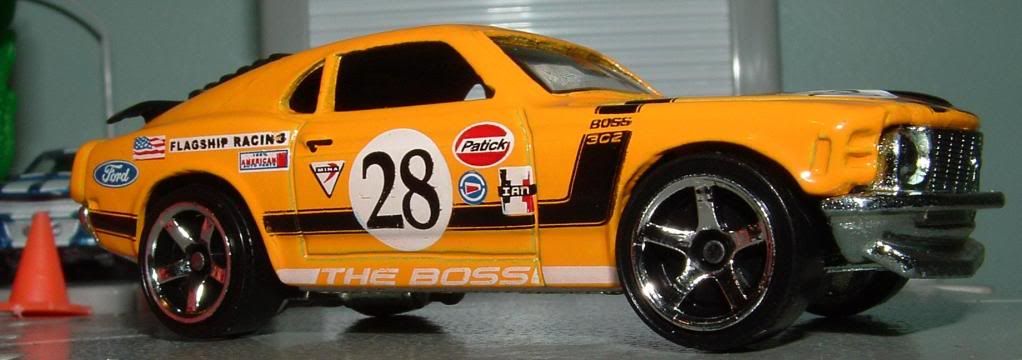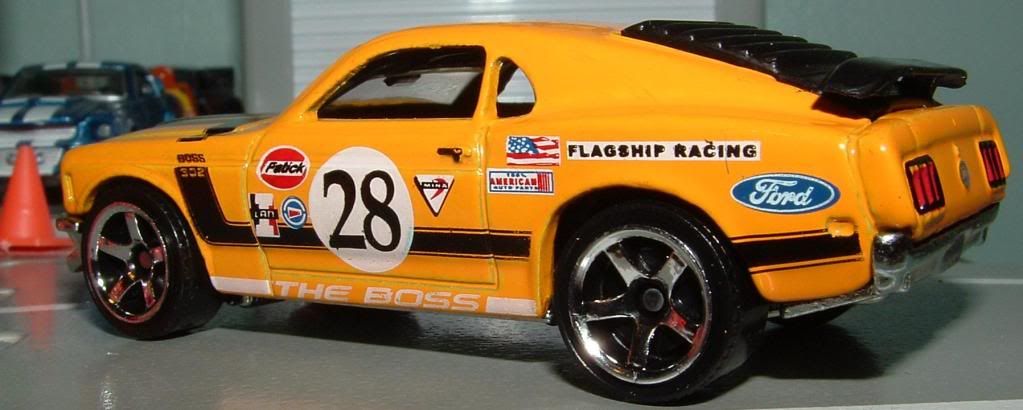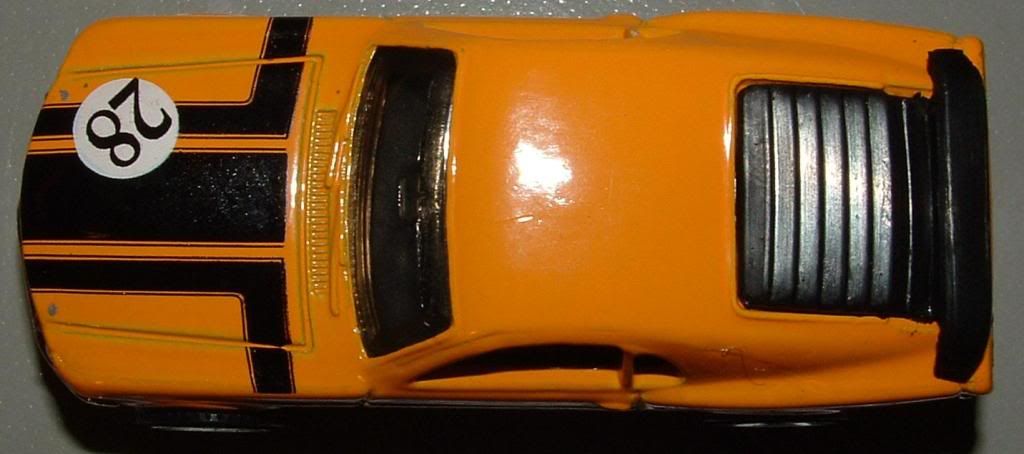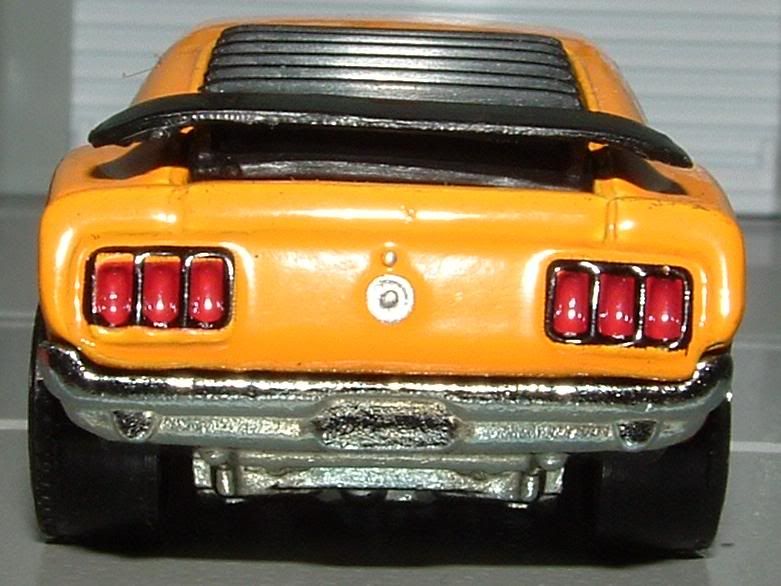
A blog focusing on 1/64 diecast from such popular brands as Hot Wheels, Matchbox, Johnny Lightning, M2 Machines, GreenLight, Tomica, Yat Ming, Majorette, MotorMax, Siku, Corgi, Guisval, Playart, Ertl, Zylmex, Racing Champions, & many more. Swifty's Garage features a daily Car Of The Day and news updates from your favorite brands!
Monday, October 3, 2011
Car Of The Day: October 3, 2011
Today's car of the day is Matchbox's Lesney Editions 1970 Ford Mustang Boss 302.
The first-generation Ford Mustang is the original pony car, manufactured by Ford Motor Company from 1964 until 1973.
Initially introduced as a hardtop and convertible, with the fastback version put on sale following year. At the time of its introduction the Mustang, sharing its underpinnings with Falcon, was slotted into a compact car segment.
With each revision the Mustang saw an increase in overall dimensions and in engine power. As a result, by 1971 the Mustang had entered the muscle car segment. After an initial surge, sales were steadily declining and Ford began working on a new generation Mustang. When the oil crisis hit in 1973 Ford was prepared, having already designed the smaller Mustang II. This car had no common components with preceding models.
For more information and pictures of the real car please visit: Ford Mustang
This casting dates back to the Tyco era, and this is one of the few releases to have a metal body and base (it's surprisingly heavy). Unfortunately, the downside is that it doesn't have realistic sponsor logos instead being covered in generic sponsorships. The tooling has seen better days and if this pony is put out to pasture I won't be shedding any tears (there are better '70 Mustang castings available in this scale).
The 1969 restyle increased body length by 3.8 inches (97 mm) (with the wheelbase remaining at 108 inches) and width by almost half an inch. This was the first model to use quad headlamps placed inside and outside the grille opening. The corralled grille pony was replaced with the pony and tribars logo, set off-center to the drivers side.
It featured a 302 cu in (4.9 L) V8 engine with 220 hp (164 kW). The 351cid V-8 was introduced in 1969, and was available with 250 or 290 hp. For those wanting more power, the 335-hp 428cid Cobra Jet V-8 big block was available with or without Ram-Air.
Car longer than previous models and sported convex rather than concave side panels. The new Mach 1, with a variety of new powerplants, added many car styling and performance features. It used dual exhausts and steel wheels with bold-lettered Goodyear Polyglas tires. Reflective striping was placed along the body sides, with a pop-off gas cap, matte-black hood with simulated air scoop and NASCAR-style cable and pin tiedowns. A functional "shaker" hood scoop which visibly vibrated by being attached directly to the air cleaner through a hole in the hood was available, as were a tail-mounted wing and chin spoilers and rear window louvered blackout shade. The Boss 302 Mustang was created to meet Trans Am rules and the Boss 429 was created to homologate that engine for NASCAR use, it featured distinctive hockey-stick stripes. Also for the first time Grande appeared - it was deluxe trim available for hardtop only. Fastback body version was renamed Sportsroof.
The 1970 model moved the headlamps inside the grille opening, added vent looking front corners on the outside of the headlamps, and removed the rear fender air scoops.
In 1969 Ford introduced (it was conceived by Ford) new Shelby Mustang, it was drastically different looking than serial Mustang. There were two models; GT-350 and GT-500, offered as sportsroof and convertible. All 1969–1970 Shelby Mustangs were produced in 1969 as sales were falling down and 789 remaining 1969 cars were titled as 1970 models. They had modified front air dam and a blackout point treatment around the hood scoops.
Ford made 96 'Mustang Twister Special' cars for Kansas Ford dealers in 1970. The Twister Specials were Grabber Orange Mach 1's with special decals. Ford also made a few 'Sidewinders', which were built in Dearborn, shipped to Omaha, and sold in Iowa and Nebraska. They were available in Grabber Green, Grabber Blue, Calypso Corral, and Yellow. The stripes came in the trunk to be installed by dealers.
Subscribe to:
Post Comments (Atom)






No comments:
Post a Comment